SLO down and botanize
Excerpts below from Field Guide to Manzanitas
In the California Floristic Province, the genus Arctostaphylos is a particularly fine illustration of how long-term dispersal events lead to colonization and consequent adaptive radiation in a group of plants. Fossil records show that this genus has been migrating and adapting to climatic shifts for at least 15 million years. However, only in the past few million years has Arctostaphylos, commonly called manzanita for its berries’ resemblance to small apples, found its promised land. The California Floristic Province’s exceptionally diverse range of habitats, particularly of ones that provide a taste of the suboptimal, is perfect for manzanitas. A synergistic mix of climate stability, soil variability, topographic volatility, and fire frequency provides the perfect alignment of biotic and abiotic factors. Like many other California evergreens (including my beloved conifers!) these hardy plants have benefited from inhospitable environments wherein competition from many plants is reduced and their own adaptability to poorer growing sites allows them to thrive. This, somewhat ironically, has made the unassuming “little apple” the most species-rich shrub genus in the California Floristic Province.
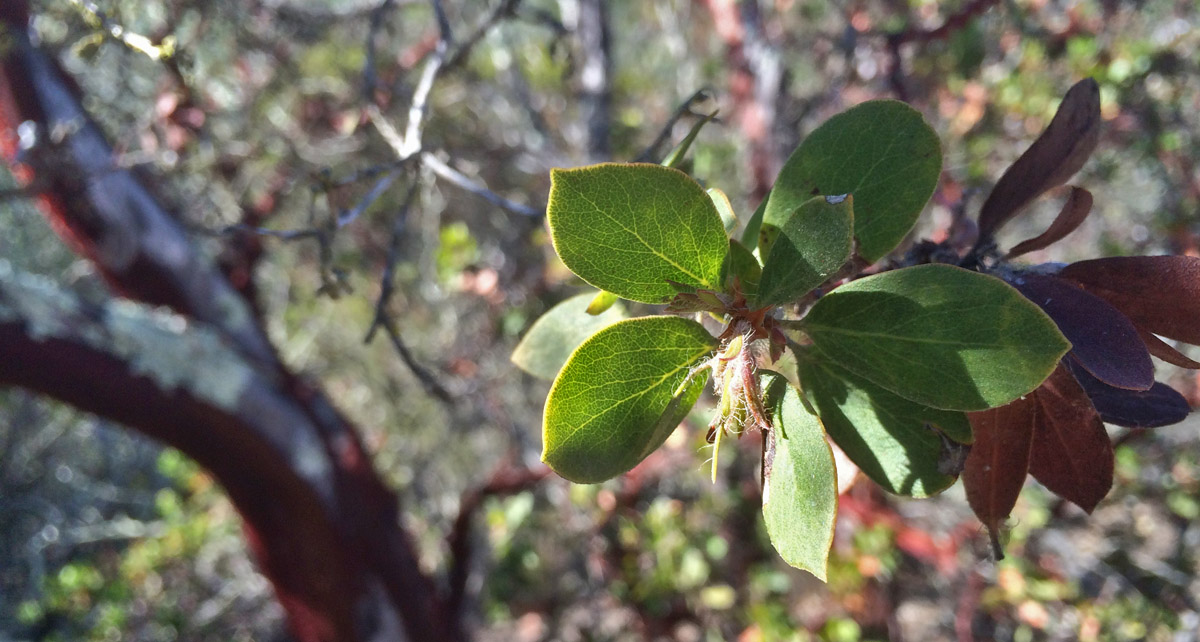
The vast majority of Arctostaphylos taxa are found within the California Floristic Province. This area effectively represents the Mediterranean-type climate region in North America and Mexico wherein 104/105 (99%) of Arctostaphylos are found with only seven of these taxa (6%) (A. uva-ursi subsp. uva-ursi & subsp. cratericola, A. nevadensis, A. columbiana, A. patula, A. pungens, A. pringlei subsp. pringlei) extending beyond the CFP. Of these 104 taxa, 62 (60%) are considered local endemics; i.e., taxa whose distribution covers less than 1000 km² (an area less than 20 miles by 20 miles). Further, of these 62 local endemic taxa, 49 (82%) are found in near-proximity to the Pacific Coast. This richness of local endemics, particularly along the California coast, makes manzanitas exciting to observe, challenging to identify, and important from a conservation perspective.
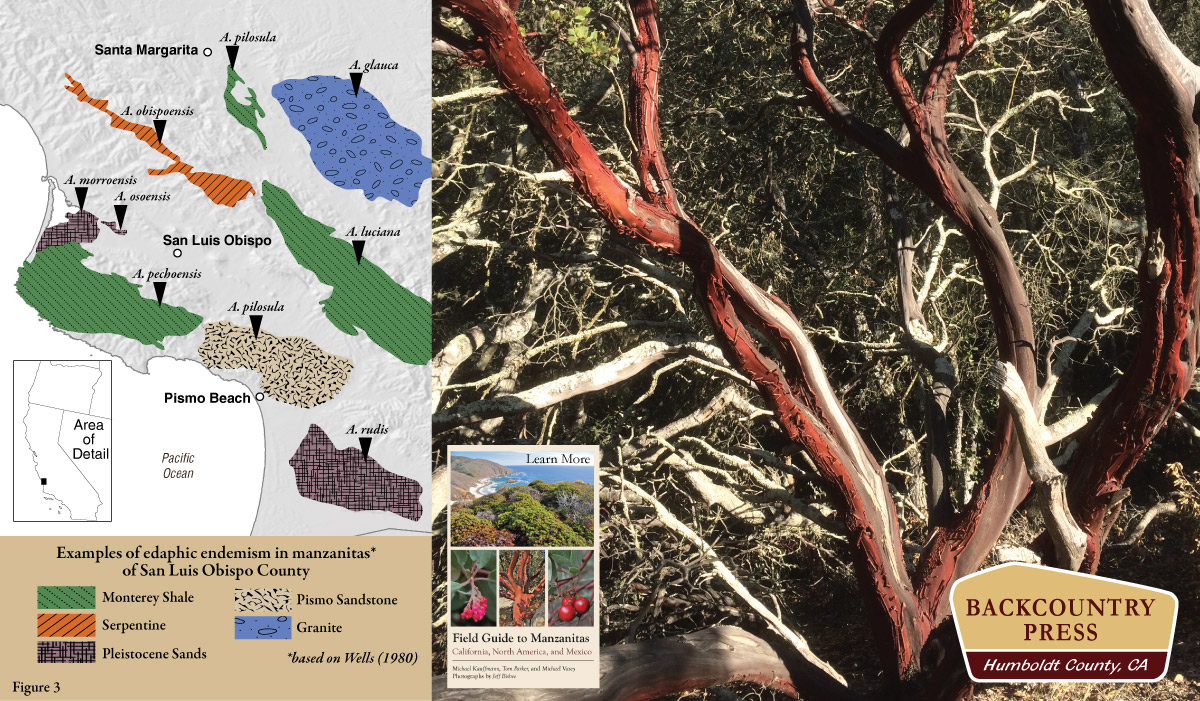
Within the California Floristic Province, San Luis Obispo County is the promised land for Arctostaphylos. Due to tectonic activity, shallow, rocky, nutrient-poor soils often occur as “edaphic islands” embedded within a matrix of deeper and more fertile soils. This region, along with others along the California coast, also presents a steep climate gradient during the summer, ranging from cool and moist conditions at low elevations near the ocean to hot and dry conditions on inland ridges and slopes. Forest, coastal scrub, and grassland tend to dominate vegetation along the coast whereas chaparral is typically confined to the edaphic islands. Over time, especially during the Ice Ages, some have proposed that different manzanita species may have migrated onto and off of these soil islands during climatic oscillations, thus nurturing speciation events (see Figure 3 from the book above).
What follows is a photographic journey across the edaphic islands of San Luis Obispo County where I visited some, but not all, of the endemic species in the region.
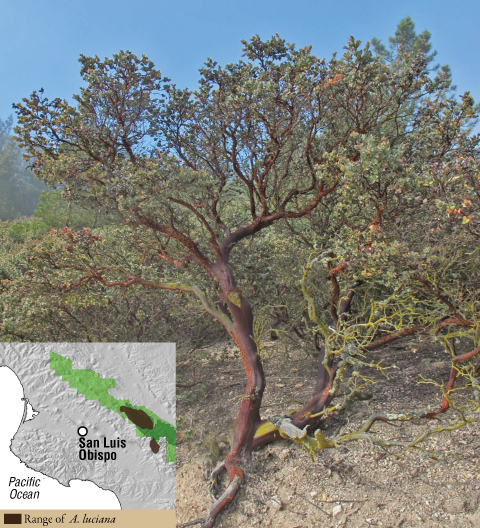
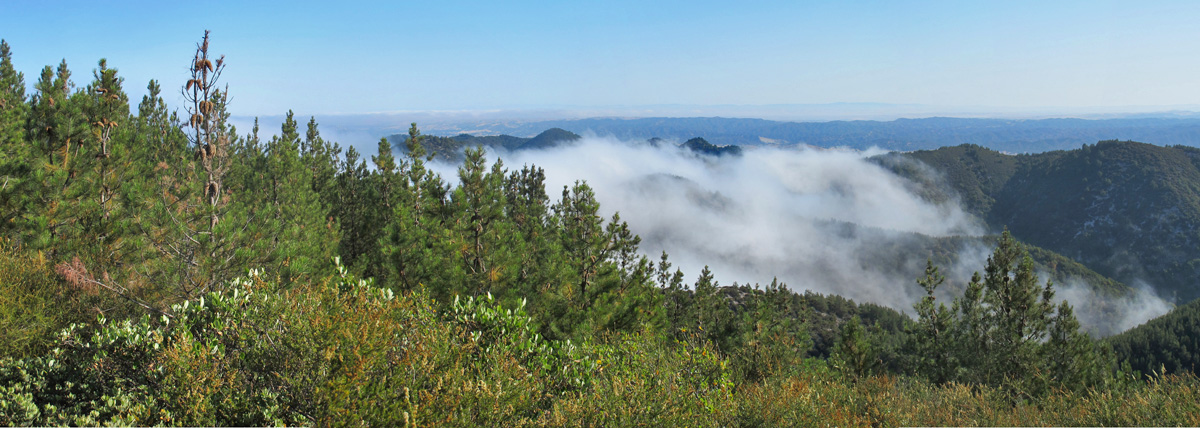
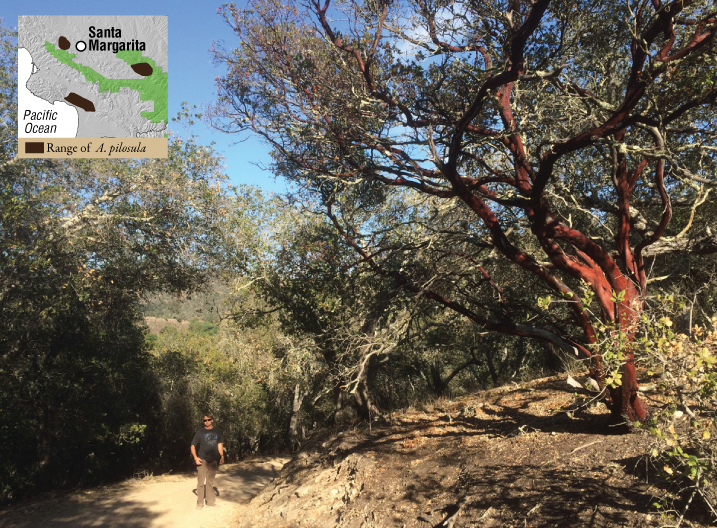
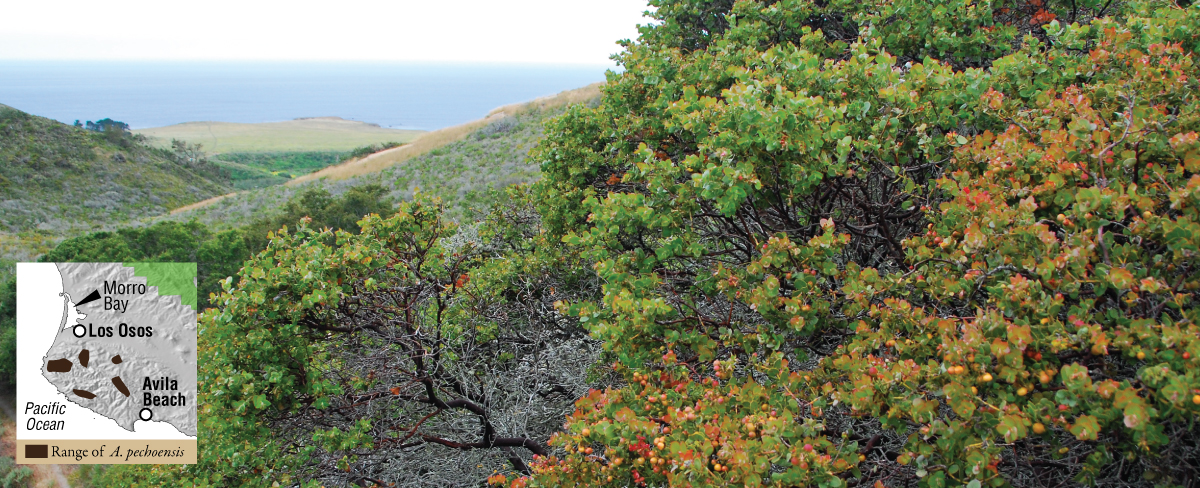
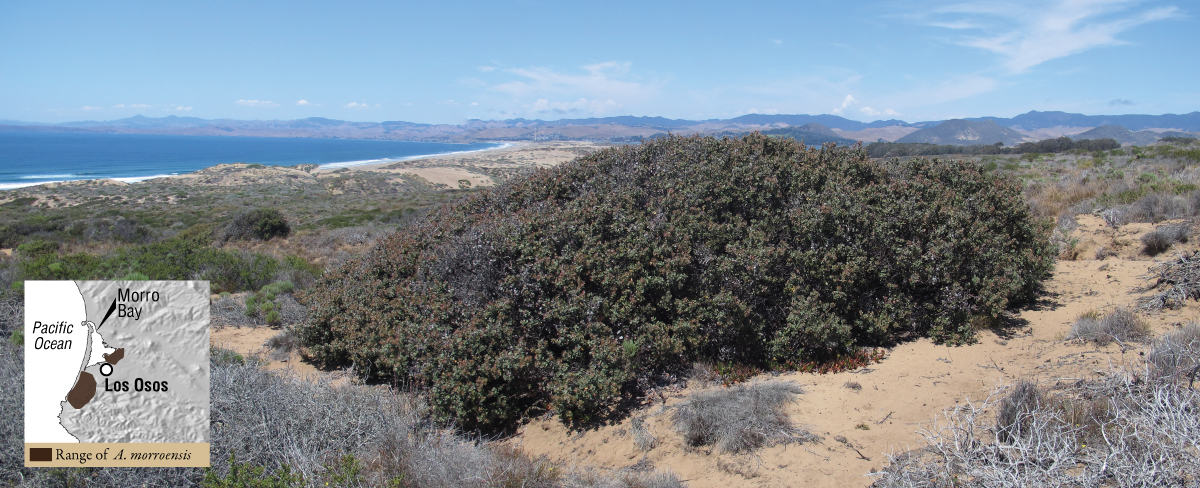

Suggested Reading:
- Wells, P. V. 1980. The Manzanitas of California, also of Mexico and the World. Published by the author.